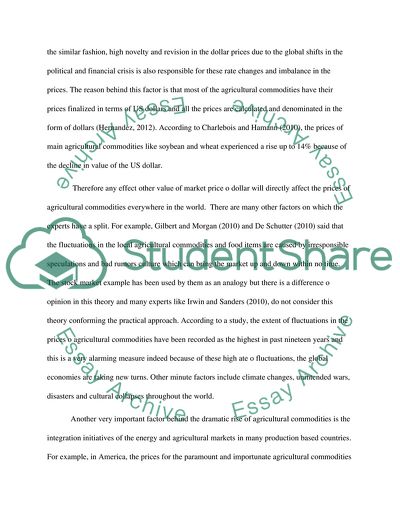Cite this document
(Department of Accounting, Finance and Economics Assignment - 1, n.d.)
Department of Accounting, Finance and Economics Assignment - 1. https://studentshare.org/macro-microeconomics/1791957-department-of-accounting-finance-and-economics
Department of Accounting, Finance and Economics Assignment - 1. https://studentshare.org/macro-microeconomics/1791957-department-of-accounting-finance-and-economics
(Department of Accounting, Finance and Economics Assignment - 1)
Department of Accounting, Finance and Economics Assignment - 1. https://studentshare.org/macro-microeconomics/1791957-department-of-accounting-finance-and-economics.
Department of Accounting, Finance and Economics Assignment - 1. https://studentshare.org/macro-microeconomics/1791957-department-of-accounting-finance-and-economics.
“Department of Accounting, Finance and Economics Assignment - 1”. https://studentshare.org/macro-microeconomics/1791957-department-of-accounting-finance-and-economics.


